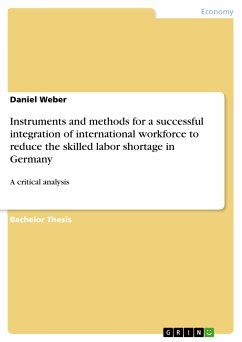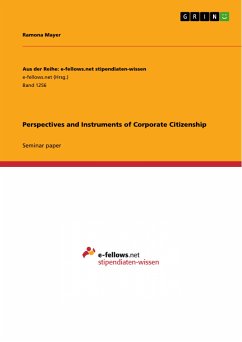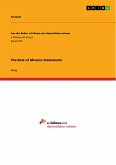Bachelor Thesis from the year 2016 in the subject Business economics - Business Management, Corporate Governance, grade: 1,7, University of applied sciences, Siegen, language: English, abstract: The German population structure is facing an aging population and low birth rates. Since the 1970s, birth rates already undercut the number of necessary children to preserve the population. Since the end of the 1990s the yearly birthrate is 1.4 children per woman. Germany’s population has been declining since 2004 and scientists predict that the children’s generation will be one third smaller than the parents’ one. Without substantial migration the age structure will change significantly. In 2008, Germanys’ working-age population (20-65 years old) was at 60.6 per cent. From 2030 on this number will decrease to 54.5 per cent. At the same time, the number of people older than 65 years will increase from 20.4 to 28.8 per cent. This development is provoking substantial problems in social and retirement systems, since a growing number of people are making use of insurance benefits and less people of the working generation contribute to raise the financial resources. Another major problem is the increasing gap on the employment market, because not the whole leaving workforce can be replaced with adequate personnel. Scientists predict that in the next 20 years 13.4 million people are leaving the working life but only 7.2 million jobs can be filled with young national professionals. Under this condition, an estimated number of 6.2 million job vacancies cannot be filled until 2035. In order to reduce the negative consequences of the dramatic development on the German labor market, and to maintain and raise the competitiveness of the German economy, it is indispensable to activate additional skilled worker potential. The focus of the thesis is to elaborate a framework of tools and methods for a successful integration of international personnel to reduce the labor shortage of German companies. To reach this goal, different specific characteristics of the target group are examined. The research provides an analysis of the historical, political, economic and regional situation in terms of lack of labor to expose fundamental knowledge about the issue in different occupational groups. This analysis serves as a basis to understand which industries are facing a mismatch of labor and what kind of specific professionals are required.








